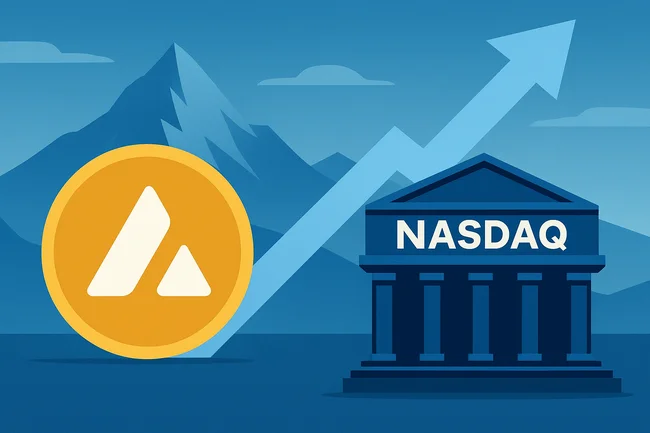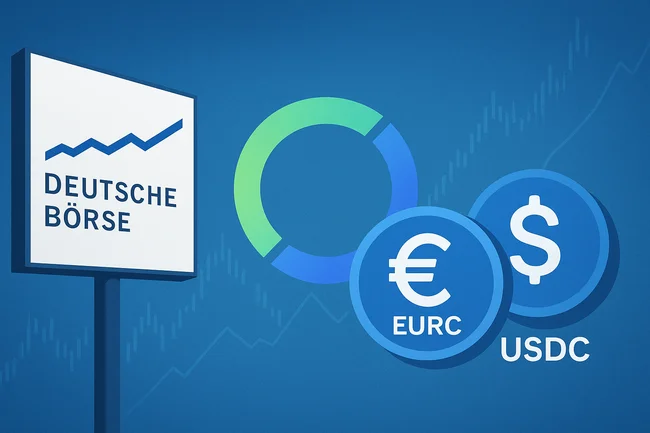Proof verification involves validating the authenticity of transactions and the creation of new blocks in a blockchain. It ensures that all participants agree on the state of the ledger without needing a central authority.Different consensus mechanisms, such as Proof of Work (PoW) and Proof of Stake (PoS), are used to achieve this verification. In PoW, miners solve complex mathematical problems to validate transactions and add them to the blockchain. This requires substantial computational power and energy.Conversely, PoS allows validators to create new blocks based on the number of coins they hold and are willing to “stake” as collateral. This method often requires less energy and can facilitate faster transaction times.Both methods aim to prevent double-spending and maintain the overall integrity of the network. By verifying proofs, users can trust that transactions are legitimate and that the blockchain is immutable, which is essential for the cryptographic security that underpins digital currencies. Ultimately, proof verification is crucial for building confidence in the system and ensuring that all participants have a shared understanding of transaction history.

Avalanche Treasury Co. to Go Public in $675M Deal With Mountain Lake Acquisition
Avalanche Treasury Co. (AVAT), a digital asset treasury company aligned with the Avalanche Foundation, said Wednesday it has agreed to



